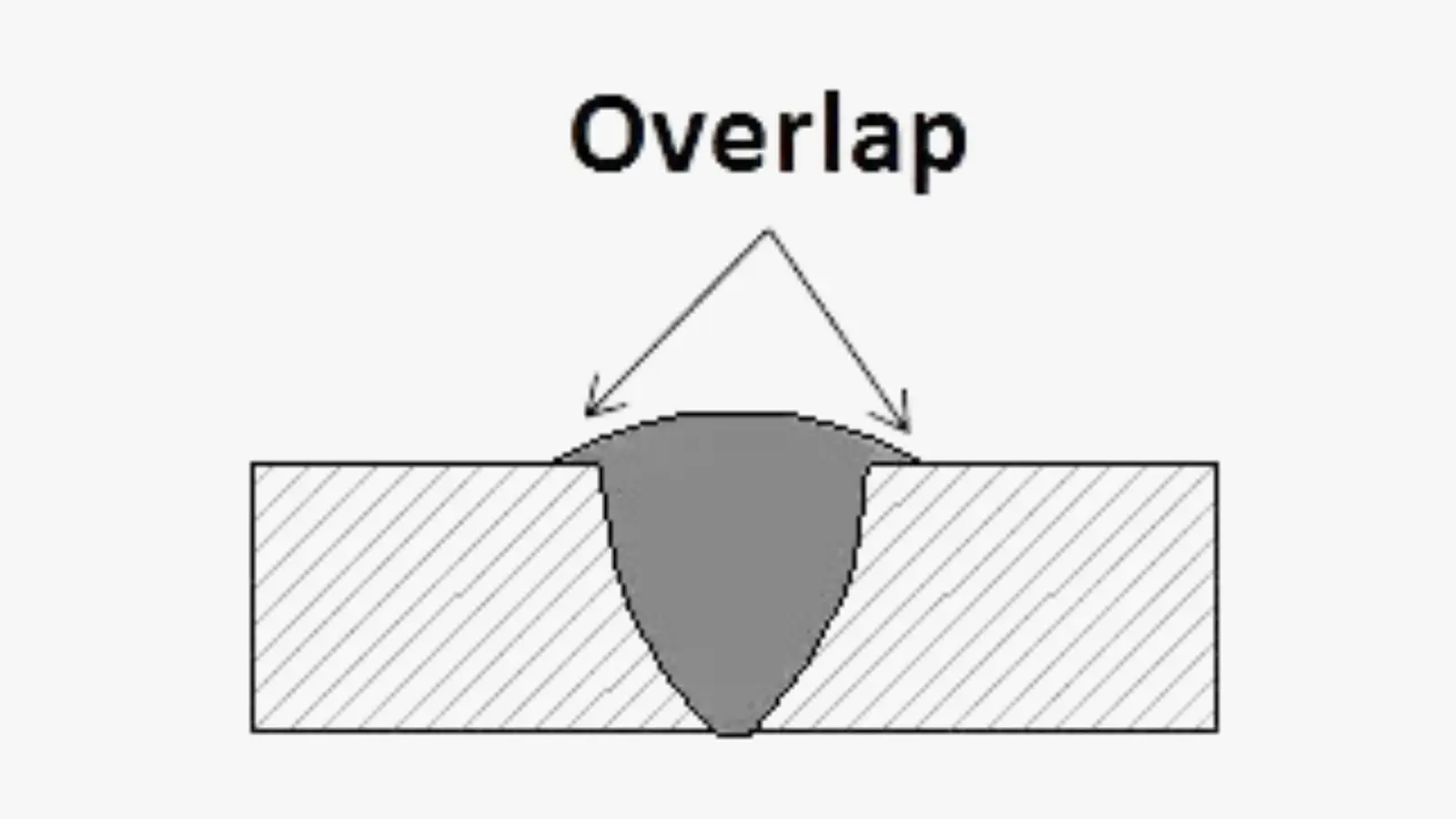Mastering the Art of Welding: How to Prevent Undercut Welding Issues for Flawless Construction Outcomes
By understanding the origin creates of undercut welding and implementing efficient methods to prevent it, welders can boost their craft to new levels of quality. In the search of perfect construction outcomes, understanding the art of welding to prevent undercut issues is not simply an ability however a necessity for those aiming for excellence in their job.
Recognizing Undercut Welding

To stop undercut welding, welders must guarantee correct welding parameters, such as changing the existing, voltage, traveling speed, and preserving the correct electrode angle. By comprehending the reasons of undercut welding and implementing precautionary steps, welders can attain high-quality, structurally sound welds.
Reasons For Undercut in Welding
Recognizing the aspects that add to undercut in welding is essential for welders to create high-grade, structurally audio welds. Insufficient welding existing or inaccurate welding rate can likewise contribute to damage. Understanding these reasons and implementing correct welding methods can aid avoid undercutting issues, making certain resilient and strong welds.
Techniques to stop Undercutting

To mitigate the threat of damaging in welding, welders can utilize strategic welding techniques focused on improving the top quality and integrity of the weld joints. One efficient approach is to readjust the welding parameters, such as voltage, present, and take a trip rate, to make certain correct heat input and deposition. Maintaining a suitable electrode angle and making sure constant traveling rate can additionally help prevent undercut. Furthermore, using the proper welding technique for the particular joint configuration, such as weave or stringer beads, can add to reducing damaging. Preventing weld undercut.
Employing back-step welding techniques and controlling the weld bead profile can also assist disperse warmth evenly other and minimize the threat of undercut. Normal inspection of the weld joint throughout and after welding, as well as executing high quality guarantee steps, can assist in spotting and addressing damaging concerns promptly.
Relevance of Correct Welding Specifications
Picking and preserving ideal welding criteria is essential for accomplishing successful welds with minimal defects. Welding criteria describe variables such as voltage, existing, take a trip speed, electrode angle, and securing gas flow rate that directly influence the welding process. These criteria should be carefully changed based upon the kind of product being welded, its thickness, and the welding technique utilized.
Correct welding specifications make certain the right amount of warmth is applied to melt the base steels and filler product evenly. If the specifications are established expensive, it can cause extreme heat input, triggering distortion, spatter, or burn-through. On the various other hand, if the criteria are too low, insufficient fusion, absence of penetration, or damaging may occur.
Quality Control in Welding Operations

Conclusion
To conclude, mastering the art of welding requires a thorough understanding of undercut welding, its causes, and methods to prevent it. By ensuring correct welding parameters and carrying out quality assurance methods, perfect construction outcomes can be achieved. It is crucial for welders to constantly aim for excellence in their welding procedures to prevent undercut concerns and generate premium welds.
Undercut welding, an usual problem in welding procedures, takes place when the weld metal doesn't effectively load the groove and leaves a groove or anxiety along the bonded joint.To protect against undercut welding, welders should make certain proper welding parameters, such as adjusting the existing, voltage, travel speed, and preserving the correct electrode angle. Insufficient welding current or wrong welding rate can likewise contribute to undercut.To alleviate the risk of undercutting in welding, welders can use strategic welding methods intended read what he said at enhancing the quality and stability of the weld joints.In conclusion, mastering the art of welding requires a complete understanding of undercut welding, its reasons, and strategies to stop it.